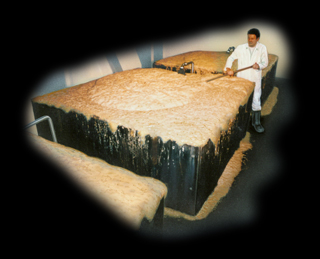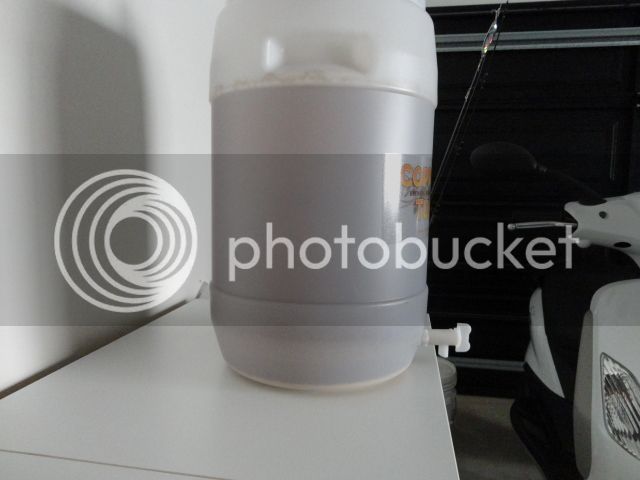Smoop, for what it's worth, this is what I've learnt in 4 months of brewing:
1. Don't panic, it's really hard to screw up a kit beer. You've accidently done this brew a favour by keeping the temps low. I wouldn't go any lower though as kit yeast goes to sleep below 16 degrees.
2. Toss the lid and airlock and use glad wrap instead. There is plenty of info here about using cling wrap. All the airlock does is confuse new brewers.
3. I haven't got to the stage of brewing in a temperature controlled fridge but I have got a heater pad and an stc-1000 thermostat (plenty of info here about them). I suggest you do the same. I've got mine set to 18 degrees and it's set and forget... When summer rolls around and I don't need the heater pad, I might look at grabbing an old fridge to continue brewing at a constant temperature. It's good for your beer and good for your sanity
4. You will quickly graduate from kit and kilo (your current brew) to kit and bits (substituting the kilo of dextrose/brew booster with malt extract and maybe chucking in some extra hops) to doing fresh wort kits (that's were I'm at) to all grain brewing.
5. For you first few brews you will be checking the gravity every other day. You will soon realise that all that does is waste good beer especially as you have to pour off a bit out of the tap and chuck it (gunk accumulates in the neck of the tap and will throw off your reading) before you take a sample. I leave my brews in the fermenter for 2 weeks and only take 2 readings, 1 when I first put it down to check OG and one on bottling day to check FG so I can work out the alcohol content. I've never had a brew that wasn't at an acceptable FG after 2 weeks.
especially as you have to pour off a bit out of the tap and chuck it (gunk accumulates in the neck of the tap and will throw off your reading) before you take a sample. I leave my brews in the fermenter for 2 weeks and only take 2 readings, 1 when I first put it down to check OG and one on bottling day to check FG so I can work out the alcohol content. I've never had a brew that wasn't at an acceptable FG after 2 weeks.
6. Even the worst kit beer is better than VB :icon_cheers:
1. Don't panic, it's really hard to screw up a kit beer. You've accidently done this brew a favour by keeping the temps low. I wouldn't go any lower though as kit yeast goes to sleep below 16 degrees.
2. Toss the lid and airlock and use glad wrap instead. There is plenty of info here about using cling wrap. All the airlock does is confuse new brewers.
3. I haven't got to the stage of brewing in a temperature controlled fridge but I have got a heater pad and an stc-1000 thermostat (plenty of info here about them). I suggest you do the same. I've got mine set to 18 degrees and it's set and forget... When summer rolls around and I don't need the heater pad, I might look at grabbing an old fridge to continue brewing at a constant temperature. It's good for your beer and good for your sanity
4. You will quickly graduate from kit and kilo (your current brew) to kit and bits (substituting the kilo of dextrose/brew booster with malt extract and maybe chucking in some extra hops) to doing fresh wort kits (that's were I'm at) to all grain brewing.
5. For you first few brews you will be checking the gravity every other day. You will soon realise that all that does is waste good beer
6. Even the worst kit beer is better than VB :icon_cheers:







